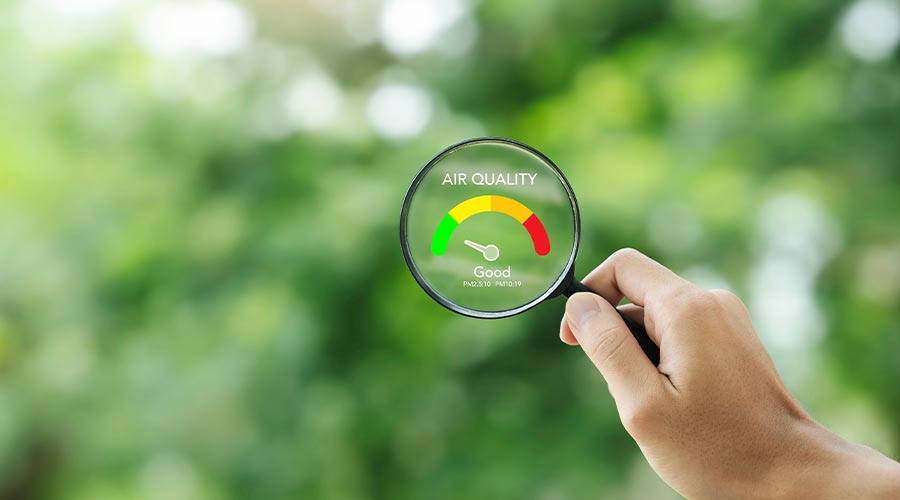
The U.S. Environmental Protection Agency (EPA) last week announced the availability of $81 million in funding for eligible air agencies to expand and upgrade the nation’s air quality monitoring networks. The investment, made possible by the Inflation Reduction Act, will enhance and extend air monitoring in and near communities. The funding will support the work of eligible state, local, Tribal and territorial air agencies in addressing air pollution, including monitoring near fence-line communities, developing and refining air toxics monitoring methods, and ensuring cleaner air.
In addition, EPA is also making approximately $2 million in funding available to support state, local, territorial, and Tribal agencies in the deployment and operation of air quality sensors in low-income and disadvantaged communities across the United States. Together, these investments aim to provide critical resources to ensure the sustainability of national air quality monitoring networks, helping protect human health and the environment.
“Reliable ambient air quality monitoring is a critical component of protecting human health and the environment from the harmful effects of air pollution,” says Joseph Goffman, assistant administrator for EPA’s Office of Air and Radiation.
State, local, Tribal and territorial agencies have primary responsibility for operating and maintaining ambient air monitoring sites, including monitors that measure ground-level ozone, particle pollution, and air toxics. They are also responsible for mitigating, regulating, and enforcing regulations on sources of air emissions. Additionally, air agencies are typically the primary points of contact for people and organizations with questions and concerns regarding air quality monitoring.
Read more about the available funding to improve air quality monitoring here. For related news, check out these air quality tips for exterior maintenance crews.

 Celebrating BSCAI's 60th Anniversary eBook
Celebrating BSCAI's 60th Anniversary eBook The Down and Dirty on Cleaning in Virus Season
The Down and Dirty on Cleaning in Virus Season How Surfactant Use is Expanding in Commercial Cleaning
How Surfactant Use is Expanding in Commercial Cleaning